Blog
Guide to Football Field Lighting

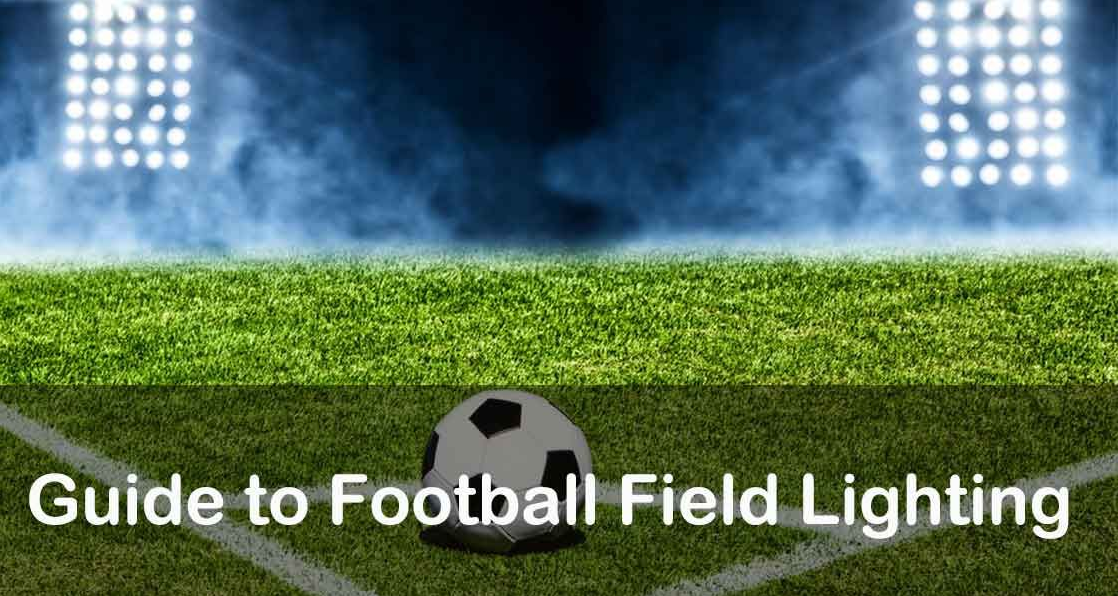
While installing the lights on the field, football stadium lighting comes with its own set of standards and regulations. With the evolution of technology, stadium lighting requirements for professional sports fields have grown much more stringent, including the use of the most advanced lighting technology, LED, to illuminate the arenas. According to the size of the field, the fundamental dimensions of the field's lighting fixtures vary. Oleder lighting offers a range of lights to meet your lighting demands in accordance with industry standards.
1. What is the official size of a football field?
A football field's lighting system is crucial to everyone's schedule. According to FIFA standards, the length of the soccer field for international competitions is 100-110 meters, the width is 64-75 meters, and there shall be no obstacles within 5 meters of the bottom line and sidelines to protect the safety of the participants.
For the World Cup finals, the dimensions are 105m in length and 68m in breadth.
The usual football pitch is 90-120 meters in length and 45-90 meters in width.
2. Standards for Football Stadium Lighting
| Outdoor | Reference Area | Number of Grid points | ||||
| Length(m) | Width(m) | Length(m) | Width(m) | |||
| American football | PA: | 110-117.5 | 55 | 21 | ‘9-11 | |
| Basketball | PA: | 28 | 15 | 13 | 7 | |
| TA: | 32 | 19 | 15 | 9 | ||
| Fistball | PA: | 50 | 20 | 17 | 7 | |
| TA: | 66 | 32 | 17 | 9 | ||
| Floorball PA: | PA: | 40 | 20 | 15 | 7 | |
| TA: | 43 | 22 | 15 | 7 | ||
| Football | PA: | 100-110 | 64-75 | 19-21 | 13-15 | |
| TA: | 108-118 | 72-83 | 21 | 13-15 | ||
| Tug of War | - | - | - | 13-15 | ||
| Handball | PA: | 40 | 20 | 15 | 7 | |
| TA: | 44 | 27.5 | 15 | 9 | ||
| Netball PA: | PA: | 30.5 | 15.3 | 13 | 7 | |
| TA: | 37.5 | 22.5 | 15 | 9 | ||
| Rugby | PA: | 144 | 69 | 23 | 11 | |
| TA: | 154 | 79 | 23 | 11 | ||
| Volleyball | PA: | 24(see note) | 15 | 13(see note) | 9 | |
| Beach Volleyball | ||||||
| Class | Horizontal illuminance | GR | Ra | |||
| Em lx | Emin/Em | |||||
| I | 500 | 0.7 | 50 | 60 | ||
| II | 200 | 0.6 | 50 | 60 | ||
| III | 75 | 0.5 | 55 | 20 | ||
| Note: For Class I, international competition at the top level may justify a surface of 34m x19m for the principal area(PA). The corresponding number of grid points is then 15 x 9. | ||||||
Football stadium lighting is not as straightforward as it may seem. It is separated into three categories, which according to the EN12193 international standards are excellent
2.1 Class III
According to EN12193 standards, the LED lighting parameters for recreational and training purposes on the field contain 75 lux horizontal lights. Typically, the range for recreational football fields and high school football grounds is between 75 and 200 lux.
2.2 Class II
Class II lighting regulations pertain to leagues and clubs. Horizontal stadium lighting guidelines for professional sports fields are 200 lux with uniformity of 0.6. Specifically designed for semi-professional stadia.
2.3 Class I

Class I comprises all stadiums used for professional sports. These stadiums will also be utilized for televising the events, therefore their lighting must also be excellent. These fields are utilized for national and international competitions, thus the installed lighting must be of great performance and superior quality. For this reason, the ground lux varies between about 1000lux and 2000lux, while the uniformity ranges between approximately U1 = 0.70 and U2 = 0.80.
3. Solution for Football Stadium Lighting Via Pole Adjustment
It is also essential, particularly for professional matches, to mount the lights in accordance with industry standards. The lighting should adhere to the fundamental principles so that the whole stadium is accurately illuminated. Oleder lighting provides standard illumination for all field lighting applications to assist you in reaching your lighting objectives.

3.1 Four Corners
The lighting poles are positioned at the four corners of the stadium so that the light beams reach from the corners to the middle of the field. For this reason, poles must be as tall as possible so that light may readily go to the center while glare control and light homogeneity are maintained. For a Class I stadium to have consistent lighting, the installation height must be at least 30 meters above the ground.

3.2 Four Poles in Center
In this category, the four lighting poles are situated in the exact middle of the two sides, allowing the light beams to uniformly illuminate the whole ground. This is a crucial consideration, thus it must also be set as high as feasible.
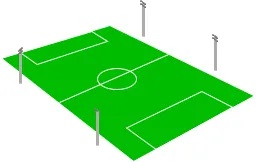
3.3 Six to Eight Pole layout
The height of additional lighting poles does not need to be too high. The consistency will be accompanied by regular height. This is often for high school and community training fields.

4. What are Football field Lights?
Football field lighting refers to the lights used to illuminate a football field. Typically erected at 70 feet, they may reach heights of up to 250 feet over the playing field in major stadiums. Currently, they are mostly LED-based for great efficiency and use high-end narrow beam optics to illuminate the ground without creating glare.
5. Why LED for Football field lights?
Brighter Lights, Less Energy Consumption, and Vivid and consistent lighting is necessary for viewing a football game, and LED light provides the brightest illumination. Something to carefully note is that lumens and watts are not the same. By simple definition, a lumen is the brightness of the light emitted. Watt is the amount of energy used to create light. An LED light produces a significantly greater amount of light (lumens) when compared to a traditional light source of the same wattage.
For example, if you compare 1500-watt sports lighter to a 500-watt LED stadium light, the difference in the brightness of light produced is staggering. The LED light produces more lumens than the traditional HID bulb but saves 1000watts each. Though your initial investment may be slightly more for LED lighting for your football field, you will save money due to less energy consumption and still have the vivid and uniform illumination that is necessary for the viewing of a game.
5.1 The Importance of Beam Angles
Uniformity and brightness are of utmost importance on any sports field, including the football field. This can be achieved by installing LED football field lights with a combination of correct beam angles. It is crucial to remember that the higher up the lights are to be installed, the narrower the cone should be to ensure you get the best lighting for your field. LED lights are smaller and require less maintenance and are therefore ideal when lighting needs to be placed at a greater height.
5.2 Initial Considerations for LED Football Field Lighting
The first thing to consider if you are interested in LED football field lighting is will the installation be for an existing field or a new field. If you are installing lights on a current field, take into account installed fixtures such as high-mast poles. Working within your organization’s budget may require you to use these fixtures or limit you to the amount or type of poles, etc. you can acquire. On the other end of the spectrum, if you are lighting a new football field, you have options as to the placement of poles which allow for better design options. This is where a photometric study will be invaluable.
5.3 Photometric Study
A photometric study specifically determines how a light leaves a fixture and illuminates its surrounding area. It is imperative to have this done to take any guesswork out of your lighting needs. When having a photometric study conducted on a football field, engineers review the size of the entire field and then they make a note of the number, location, and height of the light poles. They also take into account uniformity and illuminance levels. They will use all of this information to design the lighting needed for the football field. This detailed study will ensure you meet any requirements set forth by football league regulations for any competitive level and any neighborhood ordinances. Photometric studies are done through the use of a computer program and are generally completed by an engineer. The study also allows not only for lighting needs but also for electrical requirements and cost estimation.
5.4 Candles per Foot and Lumens
Foot candles and lumens are commonly mistaken for illumination units. A lumen is the quantity of light emitted by illumination equipment, such as an LED football field light. A foot-candle is the quantity of light that reaches the intended surface. This is a crucial factor since you will need to know how many lumens you need to accomplish a foot-candle, or, in other words, how much light you need to reach a certain location.
5.5 LED Lighting is of Excellent Quality
Based on a number of elements, LED football field lighting is of high quality overall. On the field, glare reduction may avoid accidents and mishaps. Poor illumination results in blinding glare, which may lead to dropped passes, inaccurate throws, and even missed sideline signals. Reducing glare may also improve the comfort of watching a game. Anti-glare and uniform lighting may greatly improve the game for all spectators, players, coaches, and other individuals present. The absence of shadows and dark areas is provided by uniform lighting, which improves broadcasting, photography, and replays on the big screen (if there is one). This also makes the playing area safer.
In addition to minimal harmonic distortion and CRI scores over 70, high-quality LED lighting also has two further key characteristics: Total Harmonic Distortion (THD) is the impact of all electrically powered devices on the power system. Low-harmonic-distortion LED football field illumination has a negligible influence on the power system in its region. CRI (Color Rendering Index) is a measure of how a certain light source renders color changes (hues of the same color). A higher CRI score indicates that the illumination enables the human eye to distinguish more variations. LED football field illumination with CRI ratings of 70 or more.
6. Highlights for Oleder LIGHTS Football Stadium Lights
6.1 High light efficiency
The greater the light efficiency under the same circumstances, the greater the energy savings. Oleder LED stadium lights employ high-quality LED chips, and their light efficiency may reach up to 160lm/W for maximum energy savings and outstanding electricity rebates.
6.2 Optics design
Distinct stadiums have different requirements; to achieve these requirements, we need lights with a range of power choices and beam angles. Oleder football stadium lights have removable/replaceable polycarbonate lenses with excellent light transmittance that aid in concentrating light to get symmetric/asymmetric small, medium, and broad beam angles. A range of symmetrical and asymmetrical optics with rectangular and circular patterns maximize the utilization of light without streaks and striations. Integrated glare reduction preserves high-quality lighting without sacrificing comfort.
6.3 Superior Light and No Flickering
As is common knowledge, flicker and color rendering indices of the lighting are two of the most influential quality factors on the impact of television broadcasting.
Oleder LIGHTS led stadium lights feature high-quality drivers that do not generate any obvious stroboscopic effects, allowing for clear viewing in a high-definition broadcasting situation.
In addition, they may be adjusted to be as near as possible to natural sunshine (Ra>90) without adding glare or distorting ultraviolet or infrared illumination spectra, resulting in the finest possible color look and contrast for following even the quickest action on a sports field.
6.4 Laser positioning
Our lighting designer might assist you in organizing the lighting for the football grounds you want to illuminate. Once the planning scheme is established and authorized, the installation and targeting of floodlights in accordance with the design will become vital. The precision aiming device will help perfectly position the light to an aiming point using a green laser beam with a maximum range of 300 meters. Everything is designed to make your job easier and more productive.
6.5 Long lifetime
Utilizing cutting-edge die-casting technology, a single aluminum block is created from a single piece to extend the LED's lifetime and increase its stability. The anti-corrosion treatment ensures the durability and sturdiness of the product, enabling its long-term use in harsh environments. Oleder football led stadium lighting has a lifetime of over 100,000 hours.
7. What Oleder LIGHTS can do for you?
We are not only a manufacturer of high-power LEDs but More professional services are also included:
Provide the most suitable solution through light simulation calculation.
Design of Light house, parameters required for building foundation,
(axial force, shear force, bending force)
High power generator set supporting, circuit design service, cable supply.
We are your best supply chain manager! One-stop service for you!
Of course, lighting solutions for other fields are also included.
Save you time, unnecessary costs, and greater benefits.
8.Conclusion
When it comes to professional stadium pitch lighting, sports lights must adhere to particular requirements, and adhering to specific parameters is crucial. You may choose the kind of lighting based on the purpose of the football field, whether you need to illuminate a football field for school games or national competitions. You may select amongst these courses and make your decision appropriately. The more the professionalism of the football pitch and game, the greater the requirement for LED stadium lighting in terms of illumination, quality, and lux. To make use of this service, please contact us at oleever@oleder-lighting.com.
9. Related Products
|
|
|
| 30-500w led flood lights | 480w Outdoor Flood Light | 1250w Sport Field Lights |
10. Related Projects
|
|
|
| 840w tennis court lighting project in Mexico | 60w led outdoor flood light for Highway bridge | 560w led projector light in Malaysia |
11. People also ask
Where to Use LED Stadium Lighting?
With hundreds of different athletic events and venues, the varied forms and locations of stadium lighting may vary significantly. While there are almost infinite possible combinations, the major sports help illustrate the most common configurations. Let's examine what you may need for the large stadium performances.
1. Outdoor Football Stadiums
The majority of football stadiums are outdoors, thus lighting is essential to guarantee that games do not have to finish at dusk. From the standpoint of the audience, the lighting at a football stadium must emphasize the playing field. The angle of many stadium borders necessitates that you comprehend the angle of your light. In addition to the angle, outdoor stadiums must guarantee their lighting is watertight. In addition, they need a ventilation system to prevent overheating.
With such a vast coverage, an excessive amount of glare on each light might be overpowering, thus ensuring that the glare rating is minimal.
2. The Tennis Courts or very intimate Pickleball courts
Tennis courts are far more contained, both in terms of the size of the field and the fencing used to prevent balls from straying into congested areas. As focal points of country clubs and private living communities, several tennis courts illuminate buildings. You must avoid light pollution and excessive illumination. A concentrated effort inwardly focused light, and the use of many, smaller lights may be your best option for moving ahead. Pickleball is rapidly becoming a popular activity, and adequate illumination is equally essential. Given the tight size of these courts, it is essential to provide natural, even lighting.
3. The Wide-Open Cricket and Baseball Fields
Both Cricket and Baseball are often played outside and include a variety of regulated motions. As with the football stadium, being outside necessitates a variety of weatherproof and long-lasting lighting options. For the moves, you'll want a balance of lighting that provides enough illumination regardless of where the ball and players land. The concentration of these two fields differs from one another. Baseball will place a greater emphasis on the bases, with the outfield coming into action solely for home runs. Cricket has more dynamic movement and lengthier action, but the emphasis remains on where the ball is and where the runners are going while making plays.
4. The Interior Basketball Courts
Professional basketball is distinctive in that it is virtually always played inside. This alters the lighting dynamic since there is no access to natural light. In addition to being swift and explosive, basketball has near-constant motion. This implies that your lighting must provide an equal shine on the court. Due to the closed, indoor court and the glossy surface, you must be careful with your lighting so as not to produce excessive glare during the event.
The confined area also means that there is less room to add lighting where it will be most effective. Most utilize overhead lighting, which requires a more involved installation process. Much of what is applicable to basketball is also applicable to hockey, which includes reflecting surfaces and an indoor climate as two significant considerations.
5. The Quiet Golf Courses
Golf courses have a distinct dynamic. The novelty of evening play mixed with a more pleasant and cooler nighttime climate makes lighting a golf course a good option. Golf courses are the most expansive game settings, consisting of several hilly stretches and hazards. The positive aspect of the size is that the casual nature of golf, along with fewer spectators, results in fewer lighting regulations. You may light every few stretches, spreading out the lights to generate weaker overall illumination, but yet achieving the desired lighting effect for the after-dark golf course experience.
6. Anywhere You want Bright Light
These 500 watts may be utilized anywhere from 30 to 50 feet, and the 1200 watts from 70 to 200 feet. just add Light.
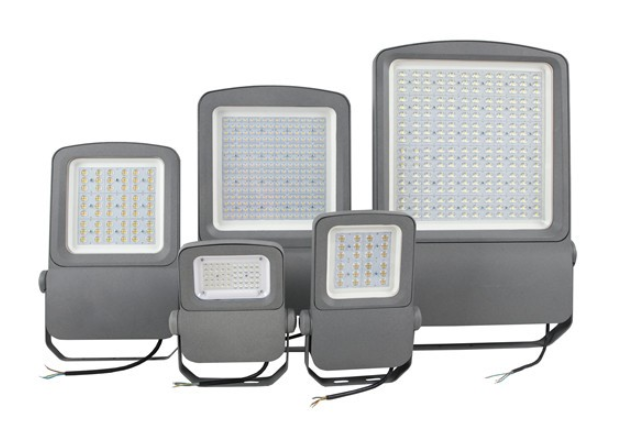
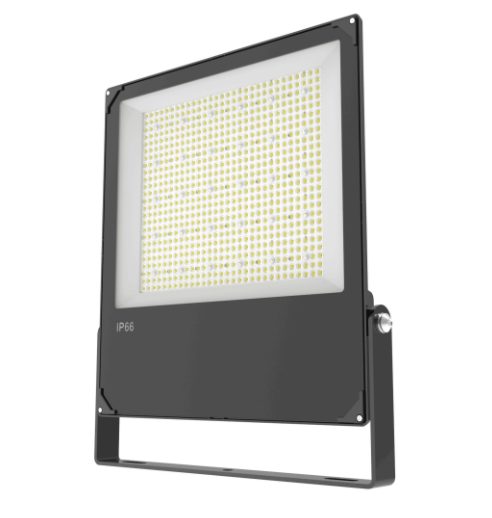
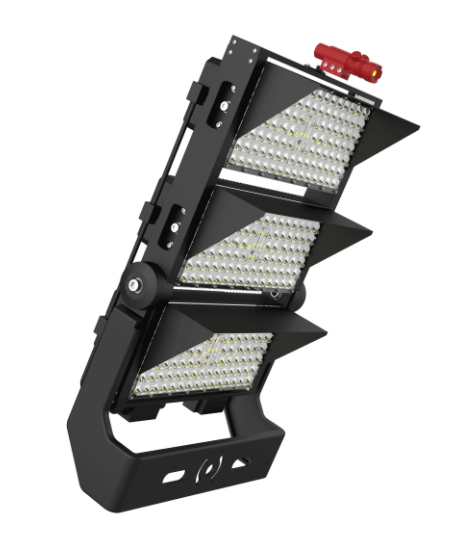



 Sales
Sales